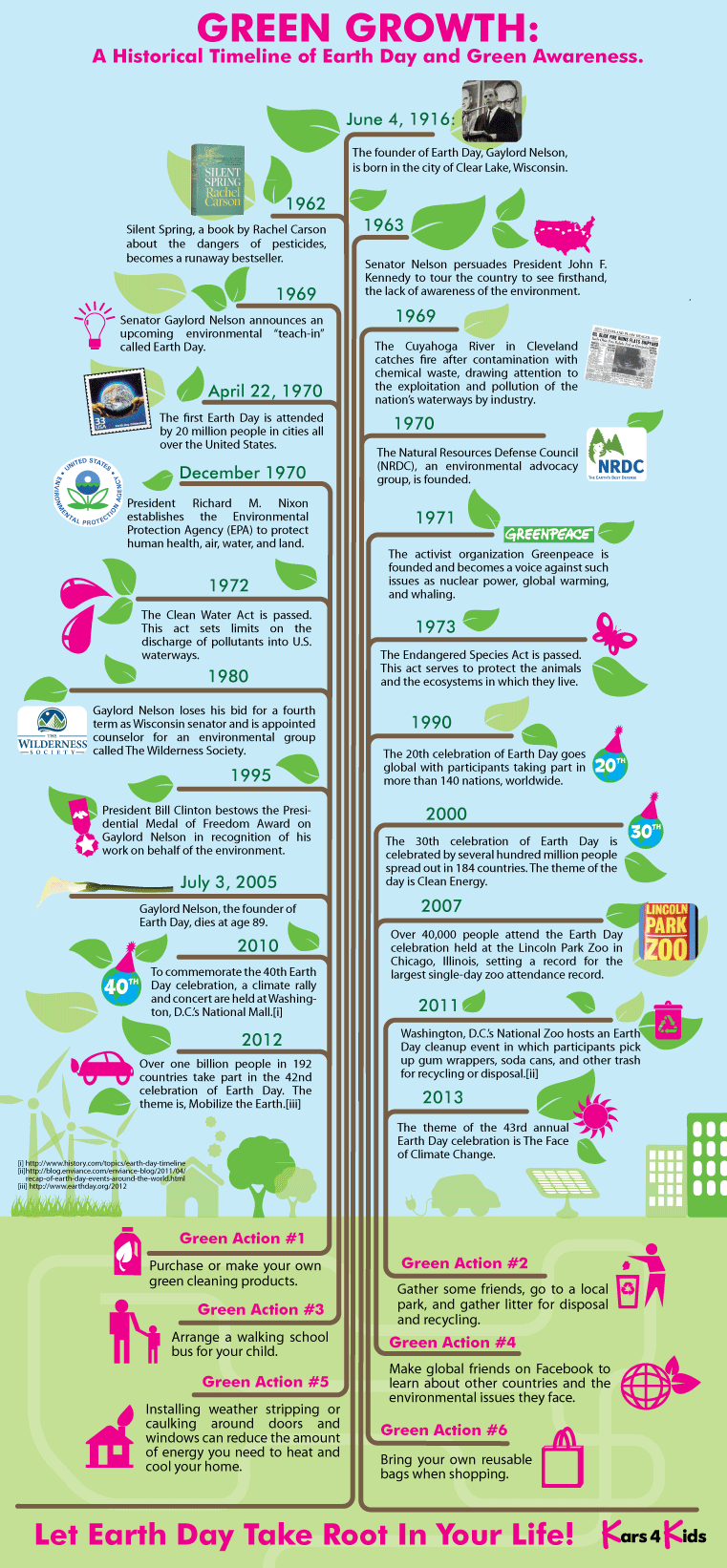Urban Mining: Harvesting the Treasure Hidden in Old Electronics [Infographic]
There was a time when I couldn't imagine checking my email on a mobile phone. Now I can't imaging not having access to the entire internet in the palm of my hand.
Despite the fact that we're addicted to them, electronic gadgets really do make our lives easier and safer in a lot of ways. What's not as awesome is what we do with them when they break, or get upstaged by a newer model. Tech-obsessed humans generate 20 to 50 million metric tons of e-waste worldwide. E-waste, the term we use to describe all the gadgets and gizmos no one wants anymore, is the fastest growing waste stream on the planet. With companies like Apple and Samsung churning out faster, prettier models every year, it's doubtful that number will get smaller any time soon.
Unless we start to see this "trash" as the treasure it really is. And I'm not using treasure as a metaphor, here.
Hidden inside smartphones and other sophisticated devices are precious metals like gold, copper, silver, platinum.
E-waste often contains more rare metals than mined ores. Studies show e-waste has 10 to 50 times the copper content than copper ore, and a phone contains 5 to 10 times the gold content than gold ore.
Every time one of these gadgets ends up in the landfill (and trust me, millions of them do) these metals, which were harvested at great expense, are lost forever. That means billions of dollars in valuable resources are wasted.
What if, instead of just trashing these gadgets and all their hidden treasure, we harvested it instead? This unique recycling process is called "urban mining" and it's getting more popular every day. A new and safer way to recover gold from electronic waste has been developed by scientists from the National Metallurgical Laboratory of the Council of Scientific and Industrial Research (CSIR) in Jamshedpur, India. Researchers say the new gold extraction process will reduce environmental impact, save natural resources and conserve energy.
Dave Kruchinin, CEO of eCycle Best, an electronics refurbishment and recycling firm, notes that the ability to extract gold with almost 100 percent purity is a huge step forward for urban mining. Moreover, because the process is eco-friendly, there is no more need of toxic chemicals used in traditional methods of extraction such as burning, cyanide, aqua regia, and reverse electroplating.
“This new metal extraction method is badly needed by our industry,” said Kruchinin. "It’s high time we started treating e-waste like the valuable commodity it is."
Check out the infographic below for more info on urban mining. We hope it will encourage you to hand your phone or tablet over to a responsible e-waste recycler at the end of its life, instead of the trash can.
Click to enlarge
Image via edvvc/Flickr













